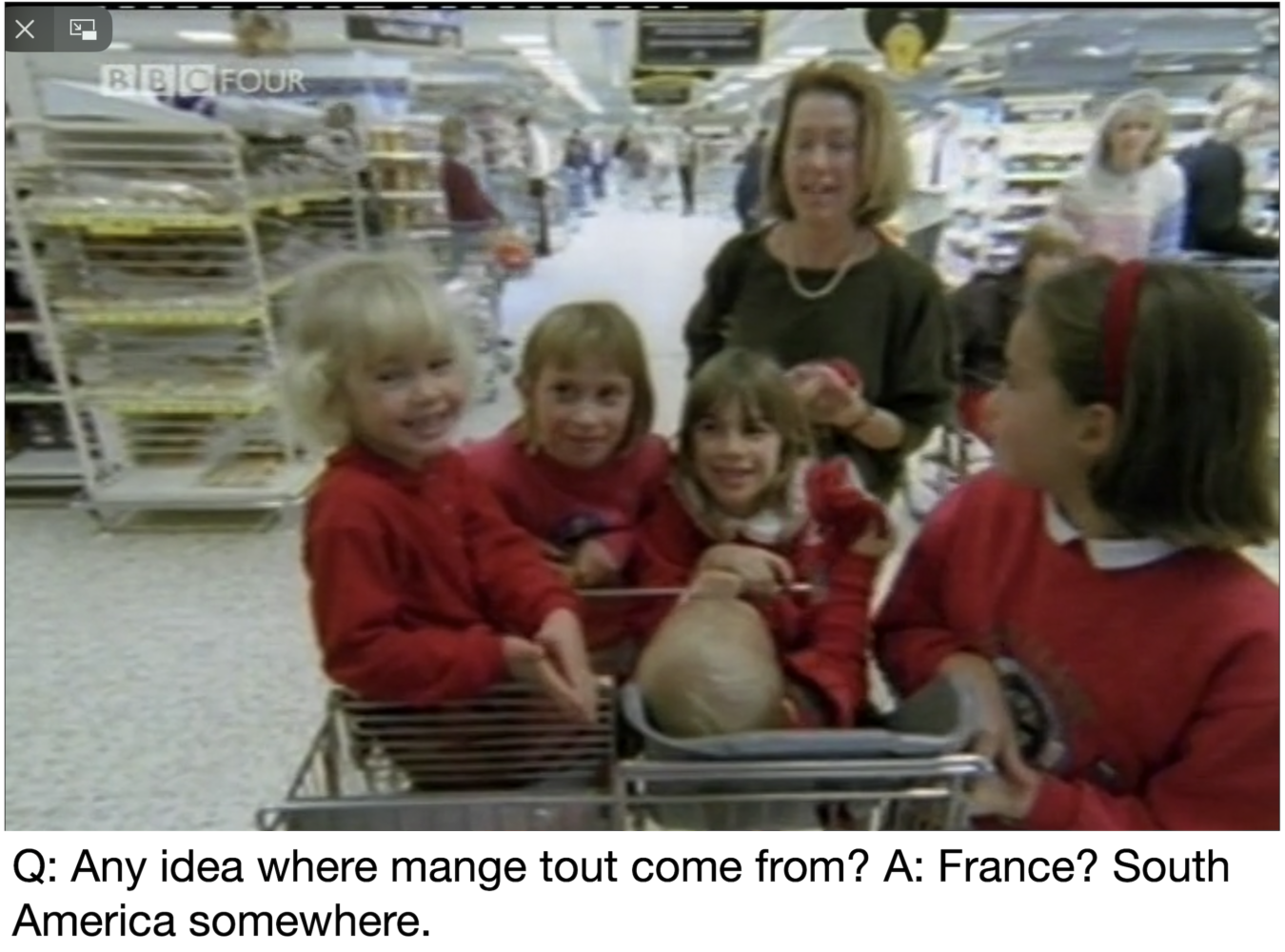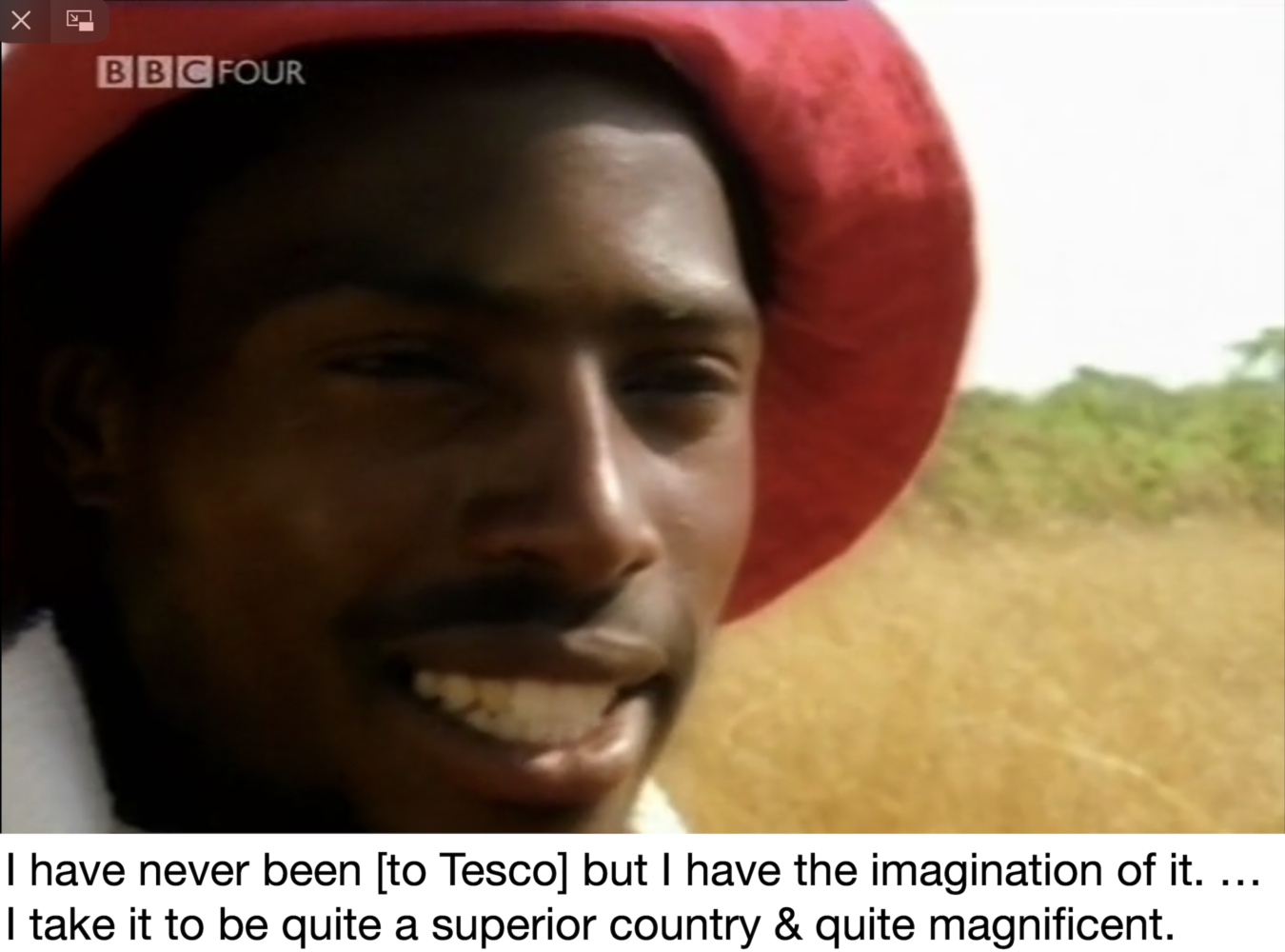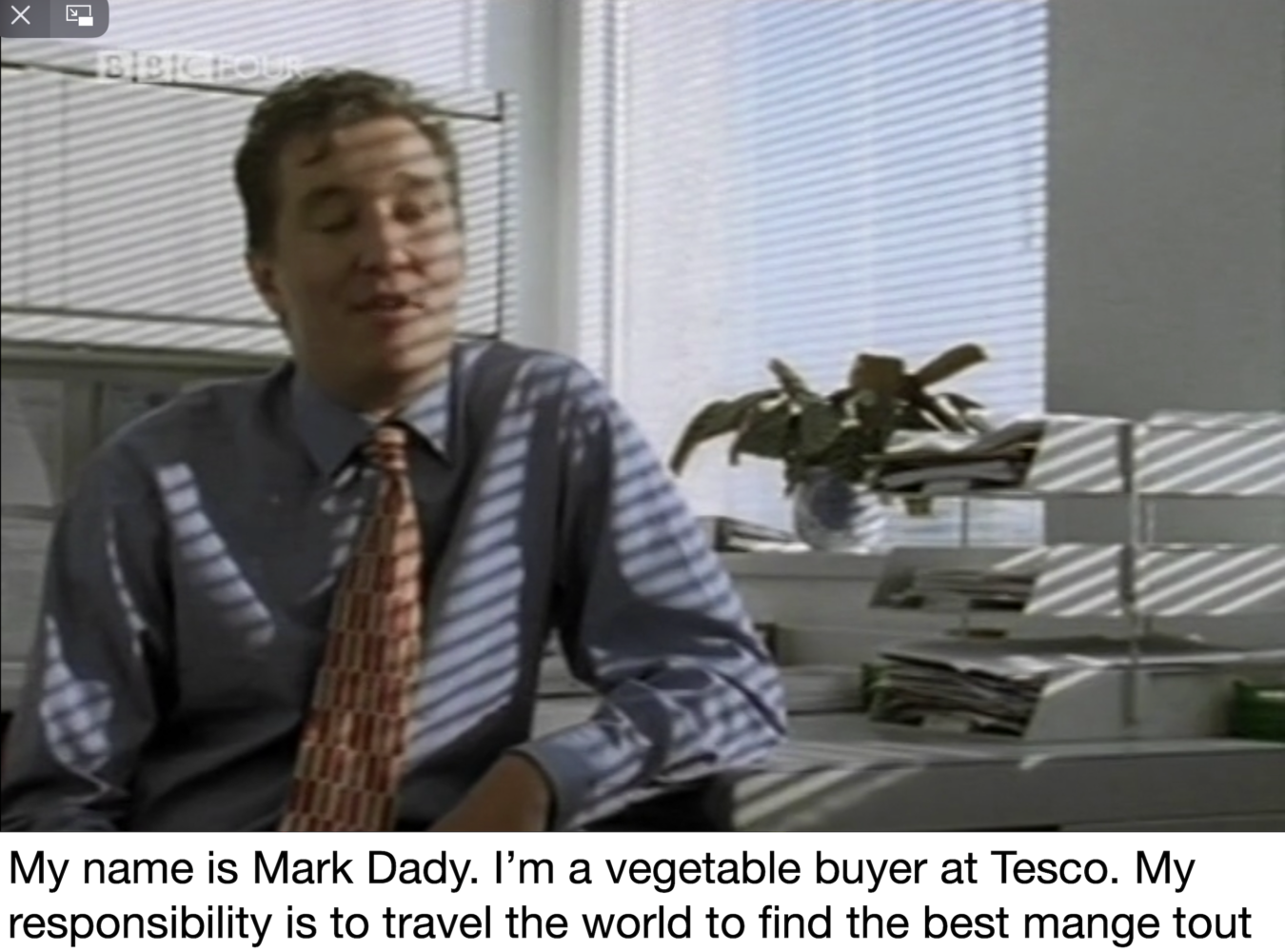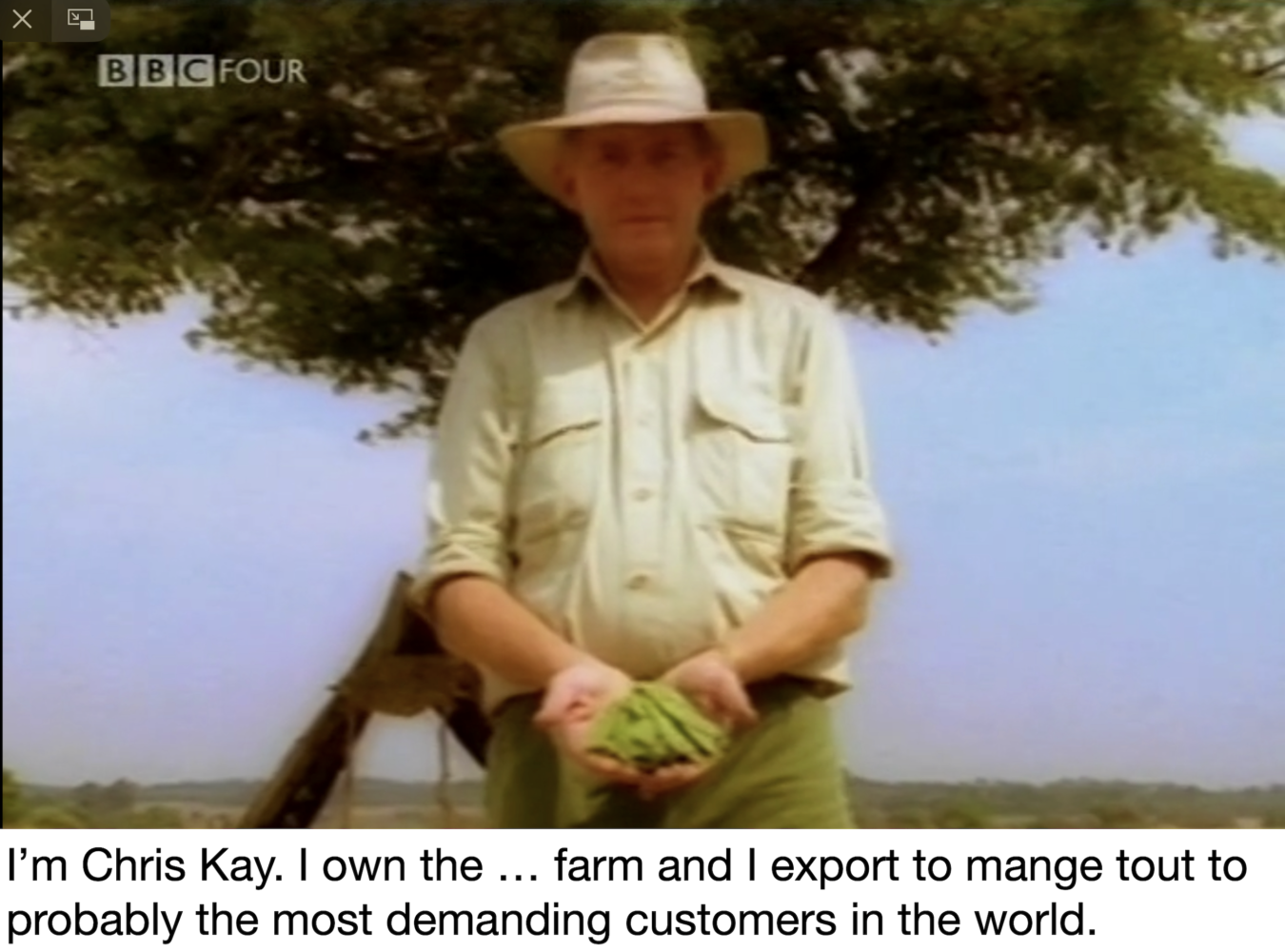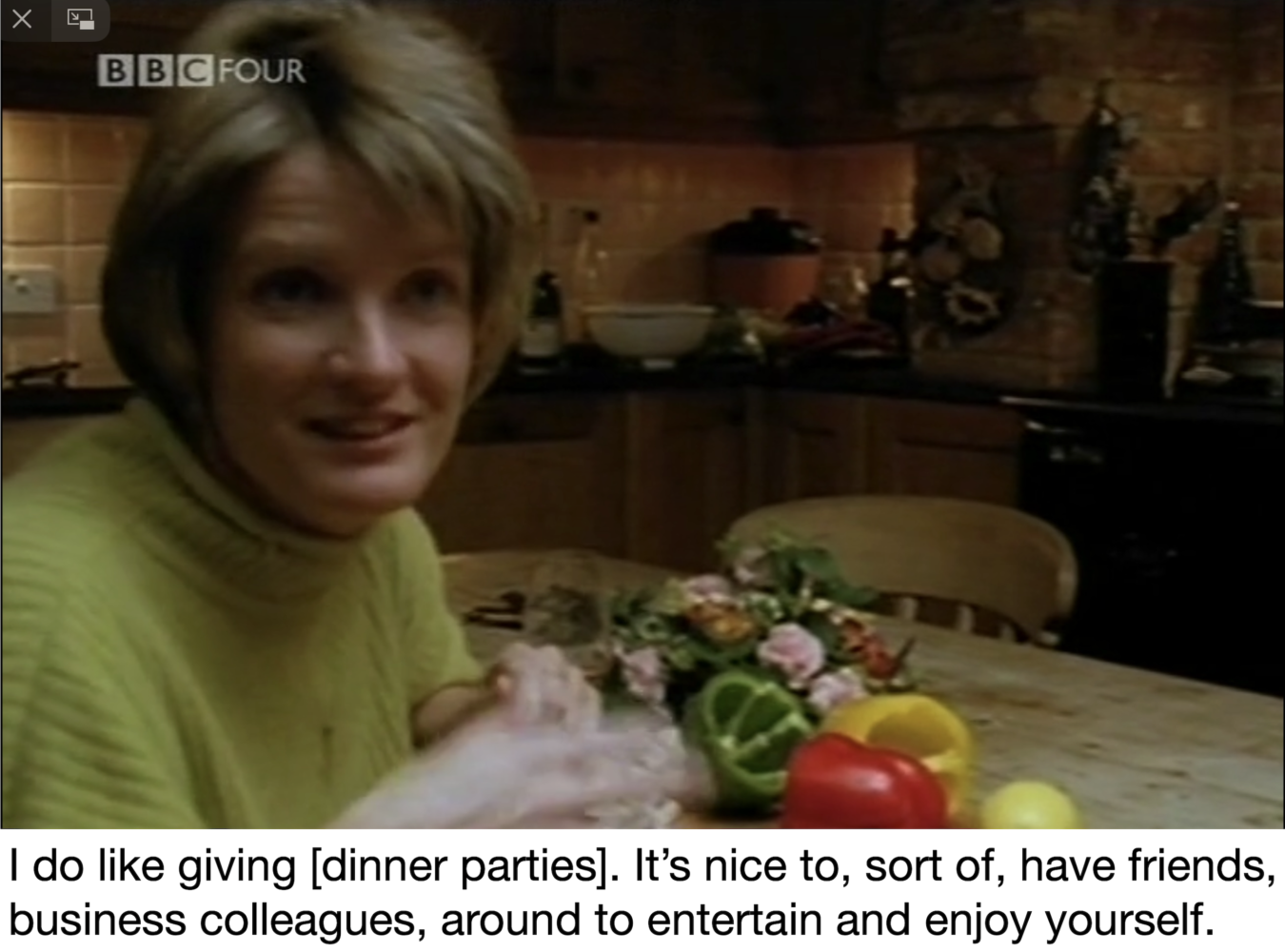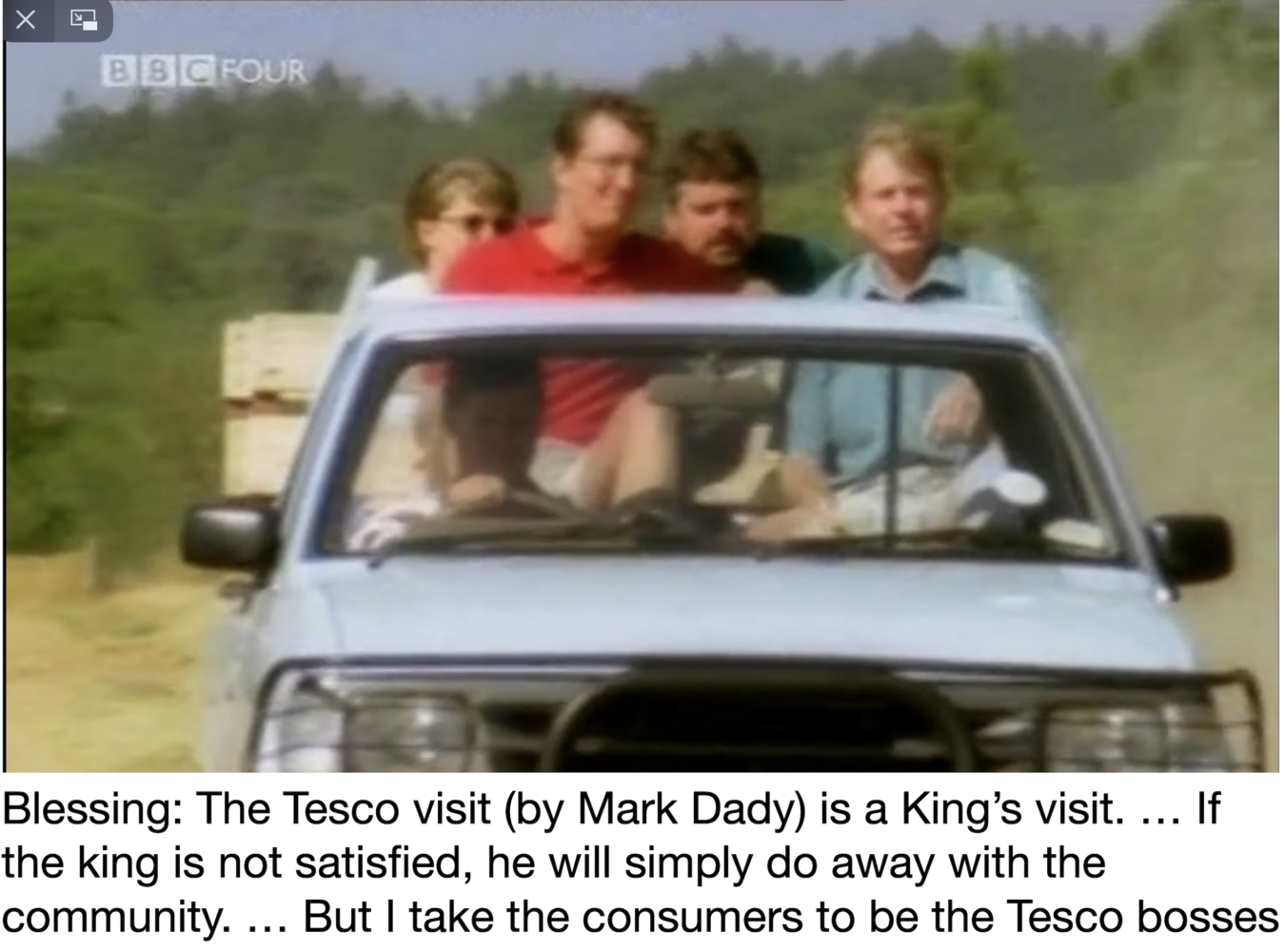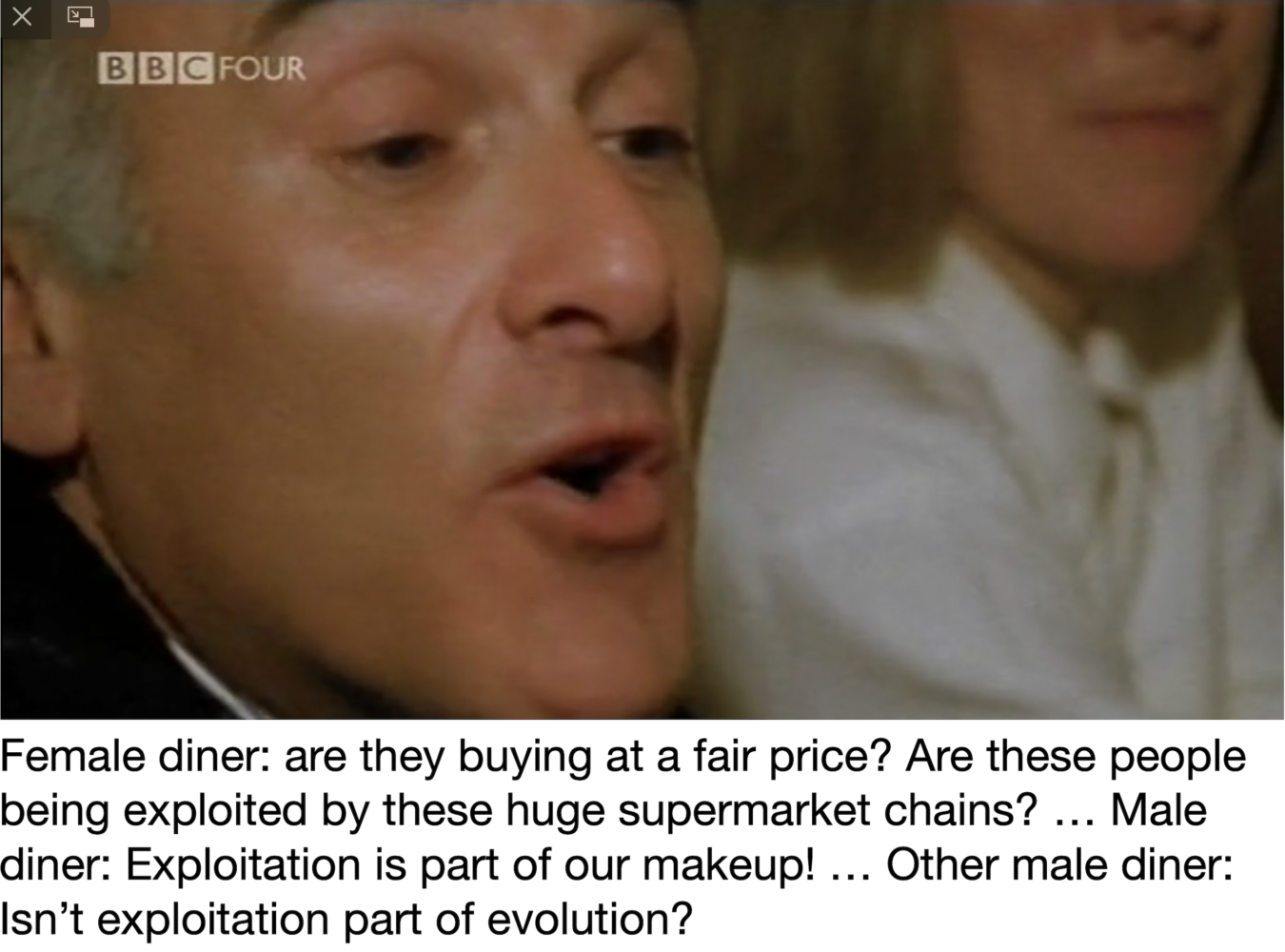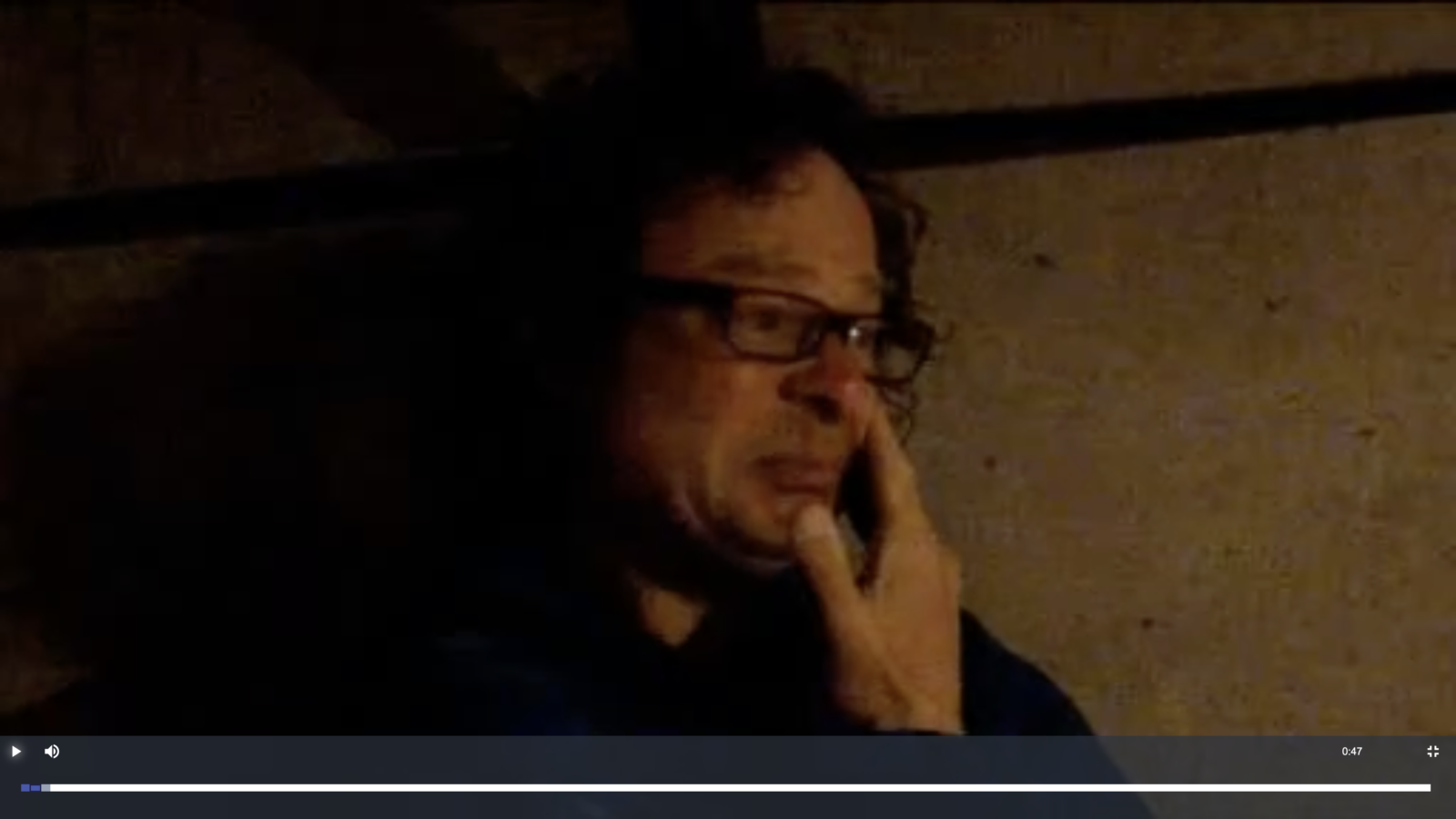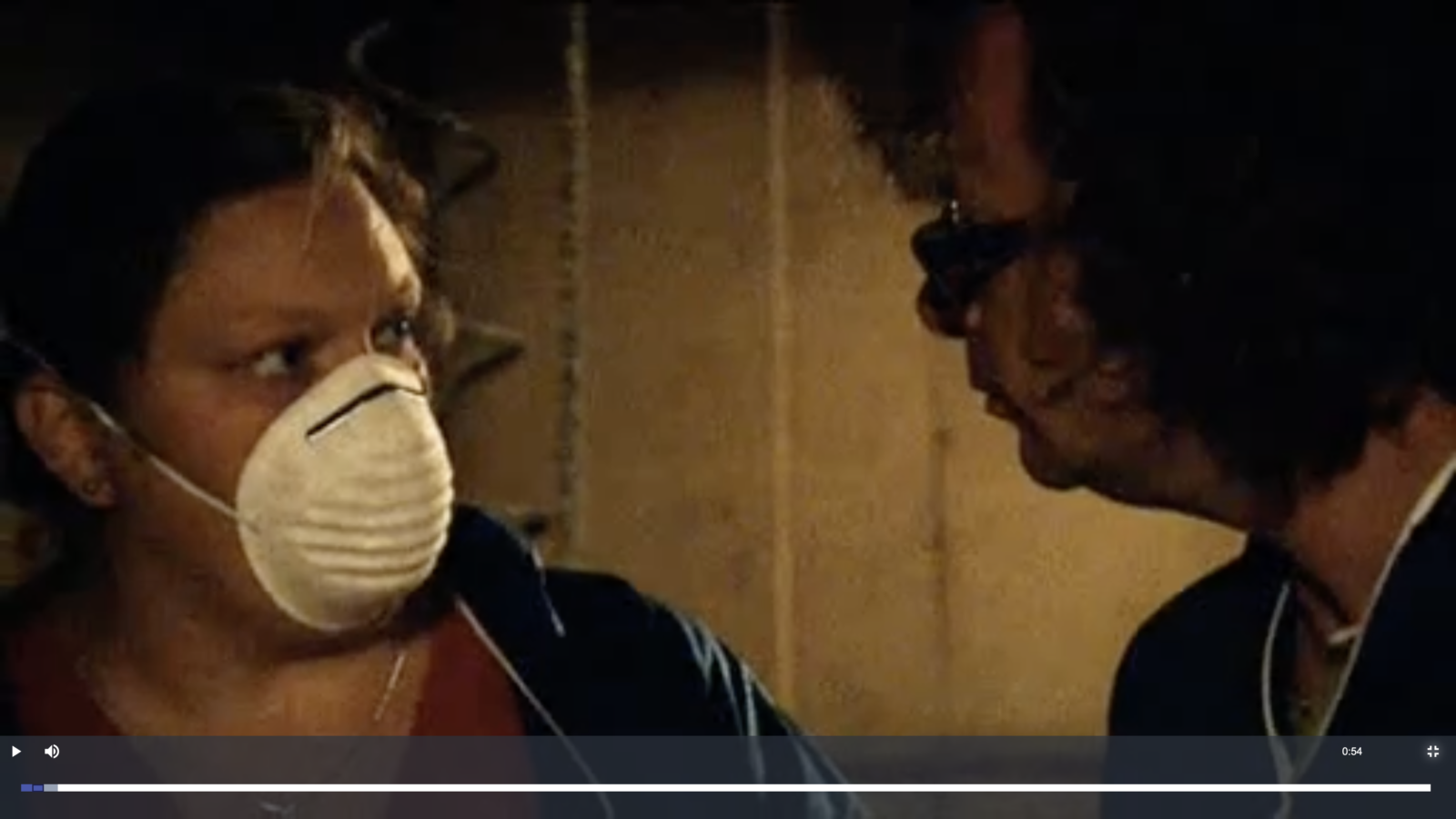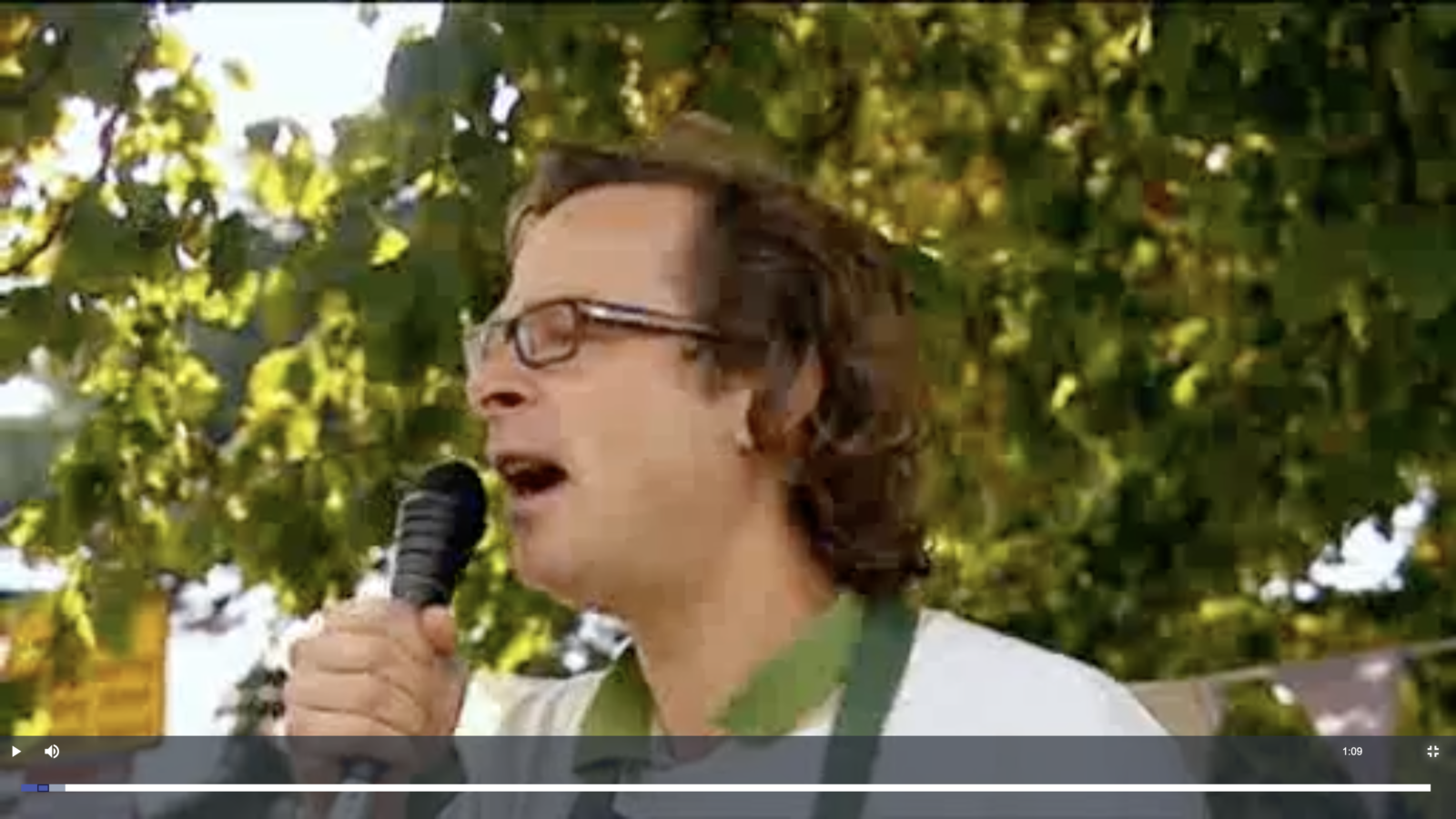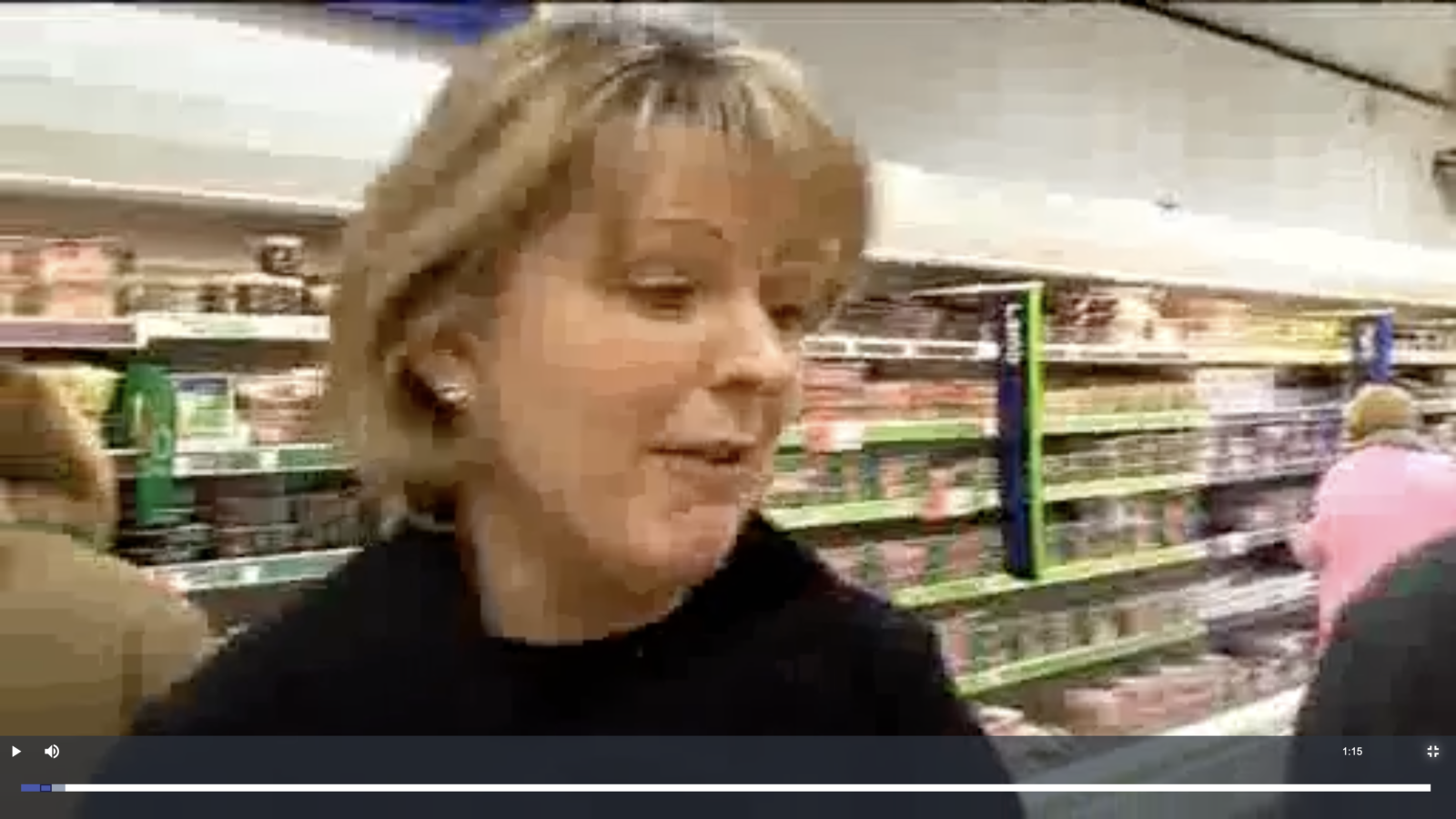
followthethings.com
Money & Finance
“Inside Job“
A documentary film directed by Charles Ferguson, produced by Charles Ferguson, Audrey Marrs & Jeffrey Lurie & narrated by Matt Damon for Mongrel Media & Sony Pictures Classic.
Official trailer embedded above. Search online to watch the full movie here.
In the wake of the Global Financial Crisis of 2008, filmmaker Charles Ferguson sets out to find out how and by whom it was caused. This involves understanding and explaining complex financial instruments (like sub-prime mortgages and collateralised debt obligations), the governance of international finance and its deregulation (and its consequences), eye-watering banking losses (over $20 trillion), the organisations and individuals responsible for this happening (in financial services, government, academia) and the people plunged into poverty and homelessness after defaulting on their mortgages. The complexity is explained clearly in the film by narrator Matt Damon. And by the talking heads who Ferguson recruits to talk about what happened, their role in it, how they see their responsibilities, why so much public money was spent bailing them out, and why none of them went to jail. For many audience members, it’s shocking to see executives explaining how business works on camera. The logics and passions that drive their work, and the values that they express, can seem removed from the world, callous and dehumanising. But the experts who come out of this film looking worst are the academic economists. One of the biggest impacts of this film is the way that it encourages university business schools to look more closely at their ethics. Who are economists working for, and how responsible is their education of new generations of economists if their ideas remain unchanged after the Crisis? This is another example showing how important and how difficult it is to ‘follow the money’. But like any following study, it’s also about the ways that responsibility – in this case, for a colossal economic injustice – is understood, shared, taken. And where it isn’t. The solution sees obvious to many – regulation! But it’s not happening. If one film was going to cause a revolution, one commentor states, it would be this one. And this is just a taster page for this film. We’ll add much more detail later…
Page reference: Dom Ebbetts, Dave Simpson, Michael Brent, Mickey Franklin, Tommy Sadler & Charlie Timms (2024) Inside Job (taster). followthethings.com/inside-job.shtml (last accessed <insert date here>)
Estimated reading time: 12 minutes.
Continue reading Inside Job


